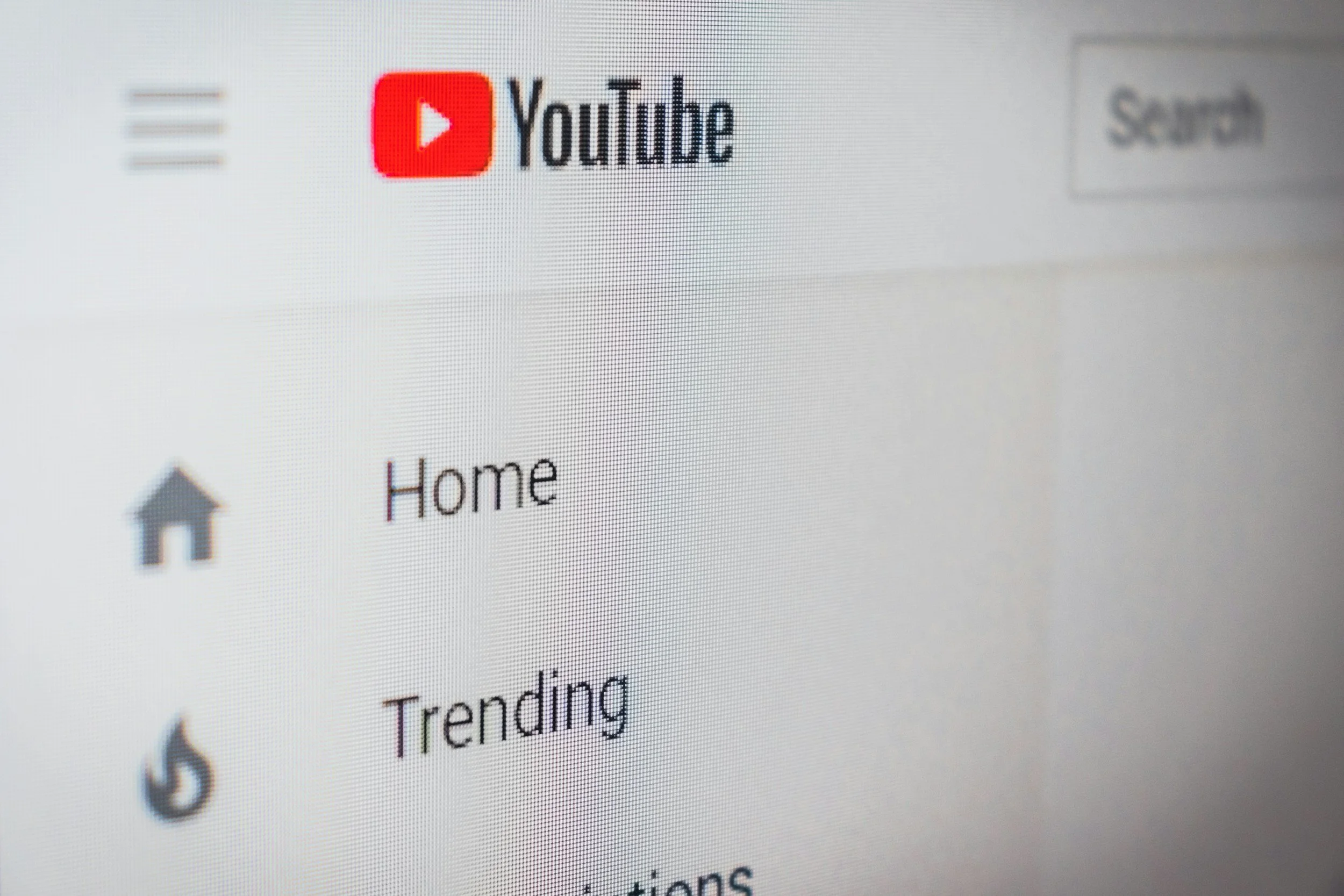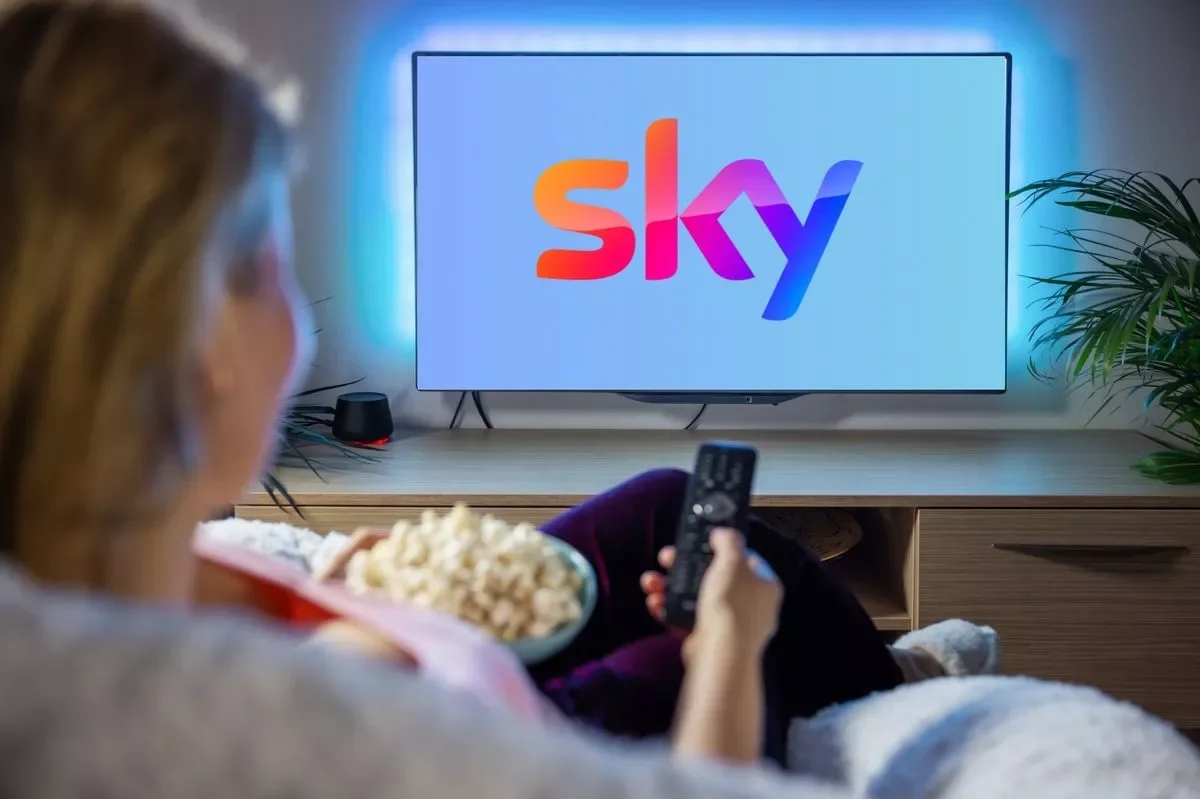Love them or hate them, here's why and how YouTube Ads work 💪
Youtube Advertising
Key Takeaways
Unmatched scale and intent – billions of users turn to YouTube with purpose, creating highly valuable ad opportunities across all demographics.
Flexible formats for every stage – from six-second bumpers to skippable in-stream ads and discovery placements, there’s a format to match awareness, engagement, and conversion goals.
Precision and proof – advanced Google targeting and robust measurement tools mean campaigns can be highly relevant and ROI-driven.
YouTube Advertising. Why YouTube Ads Matter.
YouTube remains one of the most influential digital platforms in the world. With more than 2.5 billion monthly users and over a billion hours of content watched every day, it is both the largest video-sharing site and the second largest search engine after Google.
While creators continue to wrestle with algorithms to get discovered, YouTube makes it relatively straightforward for advertisers to reach audiences. Through a variety of ad formats—ranging from skippable pre-rolls to static display ads—brands can meet consumers in moments of high attention, whether they are searching for entertainment, tutorials, reviews, or product demos.
The key to success lies in knowing the available formats, understanding how they work, and aligning them with your campaign objectives.
Types of YouTube Ads
1. Non-Skippable In-Stream Ads
For many viewers, skipping an ad after five seconds is almost instinctive. Non-skippable ads eliminate that choice, ensuring that the audience sees the message in full.
There are two main types:
Standard Non-Skippable Ads – Up to 15 seconds globally, or up to 20 seconds in some regions (EMEA, India, Malaysia, Mexico). These allow advertisers to deliver a complete message without interruption.
Bumper Ads – Just six seconds long, but highly effective at grabbing attention and reinforcing brand recall. They are short enough not to frustrate users and work particularly well for awareness campaigns.
Both formats are sold on a CPM (cost-per-thousand-impressions) basis, making them best suited for top-of-funnel objectives such as brand awareness and reach.
When to use:
Launching a new product.
Reinforcing a brand message.
Driving mass awareness quickly.
2. Skippable In-Stream Ads
These ads appear before, during, or after a video. After five seconds, viewers have the option to skip.
For advertisers, this creates two key dynamics:
The 5-Second Rule – Those first five seconds are critical. You must hook the audience immediately, either through intrigue, humour, or direct acknowledgement of the skip button.
Pay-for-Engagement – You only pay if the viewer watches for 30 seconds, completes the ad, or clicks through. This performance-based model makes skippable ads a flexible, cost-efficient option.
Creative tip: Many successful brands play with the skip mechanic itself. By addressing the audience directly—“Wait, don’t skip just yet”—or using those opening seconds to tease the product, brands can encourage more people to stay engaged.
When to use:
Driving mid-funnel engagement.
Telling a longer brand story.
Generating traffic or conversions while controlling costs.
3. In-Feed and Non-Video Ads
YouTube isn’t only about pre-rolls and mid-rolls. Advertisers can also take advantage of formats outside the video player.
Discovery Ads – Appear in YouTube search results and alongside related videos. They look organic, encouraging users to click and watch your video. Perfect for brands with strong video content that deserves wider reach.
Display Ads – Static ads with images, text, and a CTA that appear alongside video content on desktop. While less immersive, they can drive efficient traffic to websites or landing pages.
Overlay Ads – Semi-transparent banners that appear over the bottom of a video on monetised channels. Best for light-touch calls-to-action.
These non-intrusive formats are less disruptive for viewers and provide advertisers with incremental reach at a lower cost.
When to use:
Promoting content in search-led discovery.
Driving direct website visits.
Supporting broader awareness campaigns.
Why YouTube Ads Are Effective
1. The Scale of the Audience
With billions of users, YouTube offers access to nearly every demographic. Whether your target is Gen Z, parents, business decision-makers, or niche hobbyists, they are on YouTube.
2. Intent-Led Consumption
Unlike passive social feeds, YouTube often begins with a search. People come to the platform with intent—to learn, solve problems, be entertained, or review products. This creates highly valuable advertising opportunities, where ads are shown alongside relevant content in moments of active engagement.
3. Precision Targeting
As part of Google’s ecosystem, YouTube Ads benefit from some of the most advanced targeting capabilities available:
Demographics – age, gender, income.
Interests and affinities – hobbies, passions, and online behaviours.
In-market audiences – people actively researching or intending to buy.
Remarketing – targeting users who have previously interacted with your brand or website.
4. Measurement and Optimisation
From view-through rates to brand lift studies, YouTube provides robust metrics. Advertisers can track not just impressions and clicks, but also incremental awareness, consideration, and conversions. This makes it easier to prove ROI compared with traditional broadcast channels.
5. Cultural Influence
“YouTube it” is as common as “Google it.” From tutorials to reviews, YouTube shapes buying behaviour across countless categories. Appearing in this environment gives brands credibility and the opportunity to influence decisions at scale.
Best Practices for YouTube Advertising
Hook Early – Assume most viewers are ready to skip. Use the opening seconds to capture attention.
Keep It Relevant – Target your creative to the audience segment. Personalisation improves engagement.
Match Format to Objective – Use bumper ads for reach, skippable ads for engagement, and discovery ads for search-led intent.
Leverage Storytelling – Use sequencing across multiple ad formats to guide the consumer journey (awareness → consideration → action).
Test and Learn – Run creative variations, experiment with targeting, and refine based on performance data.
Challenges Advertisers Should Be Aware Of
Ad Fatigue – Users see multiple ads per session, so repetitive creative can quickly wear out.
Creative Investment – High-quality video requires more resources than static assets.
Competition – As more brands invest in YouTube, CPMs may rise in competitive categories.
Ad Blockers – A percentage of desktop users block ads altogether.
Despite these challenges, the effectiveness of YouTube Ads makes them a cornerstone of many media strategies.
Final Word
Love them or hate them, YouTube Ads are here to stay. With billions of users, intent-driven behaviour, and formats suited to every stage of the funnel, the platform offers unparalleled opportunities for brands.
From six-second bumpers to in-depth skippable ads, YouTube provides advertisers with the flexibility to build awareness, drive engagement, and convert sales. The secret lies in understanding the formats, matching them to objectives, and creating content that earns attention in those all-important first seconds.
Your audience is already on YouTube. The question is—are you?
To learn more about Youtube Ads, get in contact today.












